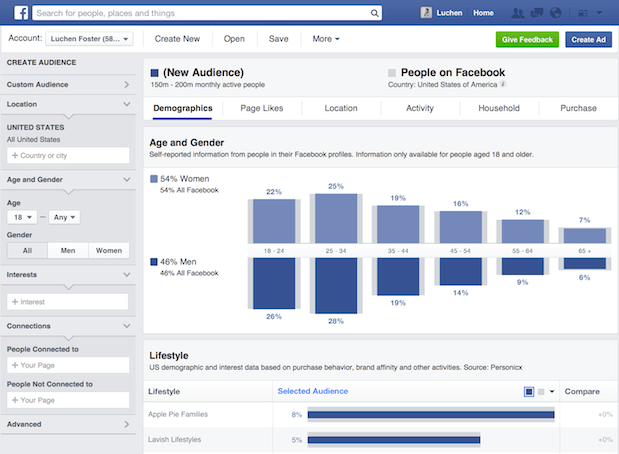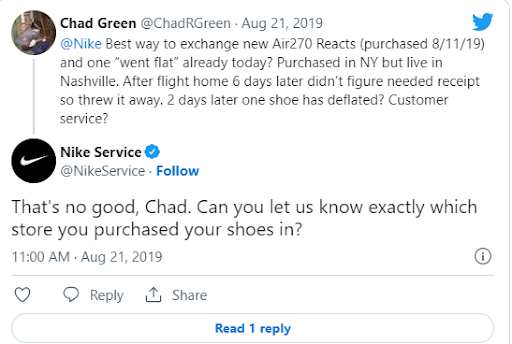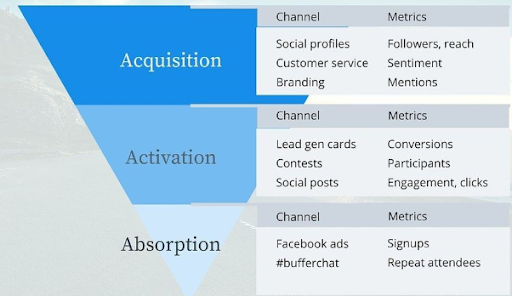5 Ways Your Social Media Data Can Help in Other Parts of Your Business

Social media data is a goldmine of insights. The data can help with your marketing efforts, product development, customer support, and many other operations. But unfortunately, too many businesses overlook or fail to utilize the full potential of this data. You'll find this article helpful if you’re one of those businesses.
This review will discuss five ways social media data can benefit your business. We’ll tell you the specific data to look out for and how to use it. Let’s get started:
1. Make Use of UGC for Relevant Content
Use generated content is any content produced by users of your products or services. These customers found your product so incredible that they couldn’t keep it. They started talking about it online. Social media is rich in user-generated content.
Delighted customers turn to social platforms to share their experiences with specific brands. Some of them may tag the brands while others won’t. It’s your responsibility to monitor your mentions and capture all this content. You can then use the UGC in various ways.
For example, you can add the UGC on your landing pages, social media content plan, and emails. UGC, such as reviews and testimonials, gives your products social proof. This will help increase your conversion rate and drive more engagement.
For example, Coca-Cola used UGC on social media to market the “share a coke” campaign by encouraging its social media users to search for bottles with names and share them on social media posts.
Resharing content about your brand from your customers is a powerful way to build customer trust. It also improves your brand credibility. That’s because you’re sharing authentic content generated by satisfied customers.
2. Create More Accurate Buyer Personas
Social media analytics can help you understand your target audience’s interests, pain points, demographics, and other affinities. These data points can help you create accurate buyer personas. Accurate buyer personas help your marketing team and brand, in general, make smarter data-backed decisions.
For example, Facebook Audience Insights gives you different data points of the people connected to your Facebook page. So besides the basic age and gender data, you’ll also know their education levels, relationship status, job titles, and likes, among other things.

You can use this data to refine your buyer personas.
For example, you’ll know the kind of interests your ideal customers have based on their likes on Facebook.
Also, by analyzing the pages liked by your target audience, you’ll identify partners for a potential brand collaboration. For example, if most of your target audience also follows a particular brand, it may be time to get in touch with someone from that brand to discuss a possible partnership. And there are various email finder tools that can help you get the email address of the right contact person.
Meanwhile, job titles and education levels can inform your marketing campaigns, allowing you to create messages that would resonate with the target audience.
3. Track Your Competition
Many competitor intelligence tools allow you to track your competitors on social networks. However, you don’t always have to invest in a separate tool for competitive research. Some platforms like Facebook provide great insights into your competition. The Facebook ads library is one of the best places to get those insights.
The Facebook ads library gives you an inside look into some of the campaigns run by your competitors. Besides telling you whether they have any active ads, it’ll also show you the types of ads they are running. You can then explore the ad copies and see what your competitors are up to.
This insight can inform your marketing strategy, especially your paid ads campaigns.
Did I mention all that data is available for free? To access it, simply visit your competitor’s official Facebook page. Scroll down and see a “Page Transparency” section on the right.

Click the see all button, and a popup will appear. Scroll to the bottom and select “Go To Ad Library.”

On the next page, you’ll see all the ads from the company. You can proceed to inspect each ad or sort them by region. So in this example, Zoho is trying to target the African market with this ad designed for small businesses. So if Zoho is one of your competitors, you would be thinking about the potential of expanding your market.

And that’s not all. Facebook Ads library aside, you can use social media management tools for competitor analysis. These tools can help you track your competitor’s hashtags and engagements. And with the help of a social media reporting tool like DashThis, you’ll have all these insights in a single dashboard. Again, this boosts convenience and efficiency.
4. Use Social Media for Customer Support
Customers use social media to voice their frustrations with a product or get quick responses from brands. Social media also acts as an effective customer service platform that allows you to have personalized interactions with your customers. When you provide timely responses to your clients, it helps promote your brand image.
Many brands use social media platforms to sell and help their clients. Nike has excellent customer support on social media and solves their customers’ issues:

Social data can help improve your customer interactions by using the information to offer them a more customized and engaging experience. For example, you can check mentions and online reviews of your brand to measure engagement and understand how clients perceive your brand.
You can sync your social pages with your primary CRM to ensure all the customer data is in a single place. This will make delivering excellent customer support and a consistent brand experience even easier.
For instance, if a customer raises a concern through your Twitter page, the information will be pulled into the CRM. That way, if the customer calls a day later, the customer rep will have access to the information shared on Twitter. That means the customer won’t have to start explaining their issue from scratch again.
5. Include Social Media in Your Sales Funnel
A great sales funnel does not rely on a single marketing channel. Instead, brands have to utilize all the channels at their disposal to create a functional sales funnel that converts. Social media has to be one of those channels. And the beauty of social media is it can be used to target prospects at different stages of the sales funnel. It all comes down to the type of content shared.
For example, you can promote links to your ToFu blog posts on social media. You can also use social media for remarketing campaigns to target prospects at the bottom of the funnel.
Buffer has a huge presence on social media. As a result, the brand has incorporated social media into its sales funnel to create brand awareness, drive sales, and build its online presence. This is how their sales funnel looks:

With a similar model, you should be able to see great results by adding social media to your sales funnel.
Wrapping Up
As you have seen, your business can benefit from social media data in so many ways. For example, you can use UGC to inform your content strategy. You can even use it in your sales funnel to address customer objections and increase sales.
Social media data will also help you create more accurate buyer personas and effectively track your competition. Lastly, social media data can improve customer support and enhance your sales funnel.
Hopefully, this article has shown you more you can do with your social media profiles than selling products and building customer relationships. So follow this guide to make the most of your social accounts.
Ready to track your social media data?
Read More
Don’t miss out!
Automate your reports!
Bring all your marketing data into one automated report.
Try dashthis for free

